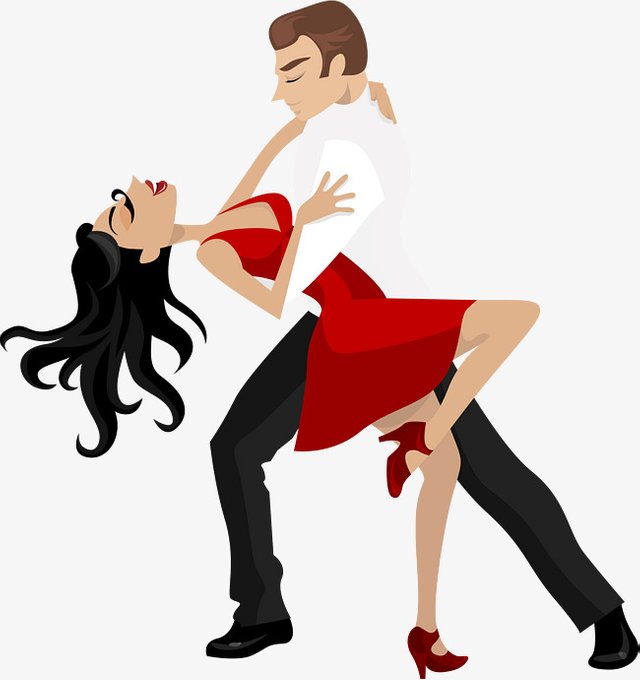I have been using salsa as a sauce name and as a dance name for many years but never thought that they sound the same :) Have you recognized that before?
Let's look at those two completely different words:
Food:

Salsa is the Spanish word for any sauce. Salsa in the United States typically refers to any one of several sauces typical of Mexican cuisine, also known as salsa fresca, hot salsa or salsa picante, particularly those used as dips. Salsa is often tomato-based, and includes ingredients such as onions, chilies, an acid and herbs. It is typically piquant, ranging from mild to extremely hot. Though many different sauce preparations are called salsa in Spanish, in English, it generally refers to raw or near-raw sauces used as dips.
Dance:

Salsa is a popular form of social dance originating in Eastern Cuba. The Salsa we hear now is said to be born in New York to a mixture of Afro Cuban folk dances with Jazz. Evidence shows that the “Salsa” sound was already developed in Cuba before being brought up to New York. The movements of Salsa are a combination of the Afro-Cuban dances Son, cha-cha-cha, Mambo, Rumba, and the Danzón. The dance, along with salsa music, saw major development in the mid-1970s in New York. Different regions of Latin America and the United States have distinct salsa styles of their own, such as Cuban, Puerto Rican, Cali Colombia, L.A. and New York styles. Salsa dance socials are commonly held in night clubs, bars, ballrooms, restaurants, and outside, especially when part of an outdoor festival.
In many styles of salsa dancing, as a dancer shifts their weight by stepping, the upper body remains level and nearly unaffected by the weight changes. Weight shifts cause the hips to move. Arm and shoulder movements are also incorporated. Salsa generally uses music ranging from about 150 bpm (beats per minute) to around 250 bpm, although most dancing is done to music somewhere between 160–220 bpm. The basic Salsa dance rhythm consists of taking three steps for every four beats of music. The odd number of steps creates the syncopation inherent to Salsa dancing and ensures that it takes 8 beats of music to loop back to a new sequence of steps.
But what we can actually do is to enjoy both of then: eat salsa and dance salsa after!


 22025년 제22회 베라쟈프 국제모델위원회 경주도자기축제 박옥순 디자이너 패션쇼
22025년 제22회 베라쟈프 국제모델위원회 경주도자기축제 박옥순 디자이너 패션쇼
